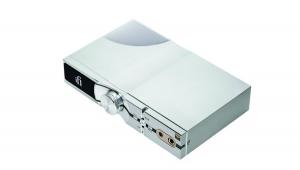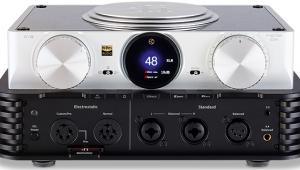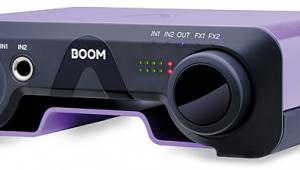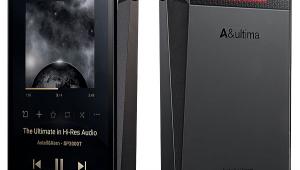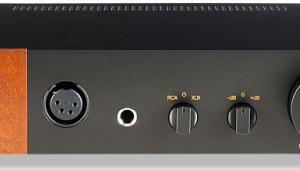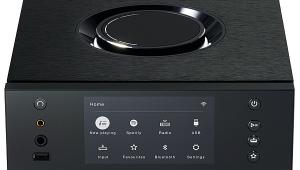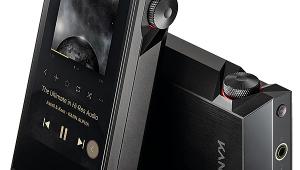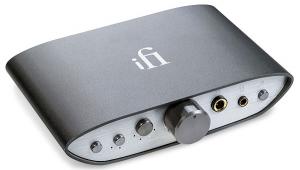Auris Audio Nirvana Headphone Amplifier Tap Dancing
While Auris Audio describes the Nirvana as 'Class A' and also 'single-ended', in practice it's impossible for a single-tube amplifier of 'hi-fi quality' to be anything other than Class A in operation. Here we have one EL34 pentode per channel, cathode-biased and with the output transformer acting as the anode load. Single-ended pentode amps are typically used in low power applications and the secondary winding of the output transformer 'matched' to an 8 or 4ohm speaker load. In this case Auris Audio offers a range of secondary taps from 32-600ohm to notionally 'match' the impedance of a wide range of headphones. In reality, while the Nirvana will always offer sufficient voltage to drive a 600ohm 'phone regardless of the selected output tap, its lowest 32ohm option [actually 25ohm] should always be your default choice.
Why? Because even this lowest source impedance is not especially low when values around 1ohm or less are required to avoid potentially exaggerating the peaks and dips in headphone response. For example, the Focal Stellia [HFN May '19] has an impedance that varies from a minimum of 29.8ohm to a maximum of 56.7ohm, which is sufficient to cause a 2.4dB change in frequency response with a headphone preamp that offers a source impedance of 30ohm. Larger swings in headphone impedance, driven from the Nirvana's higher impedance output taps, may incur even wilder swings in frequency response. PM
